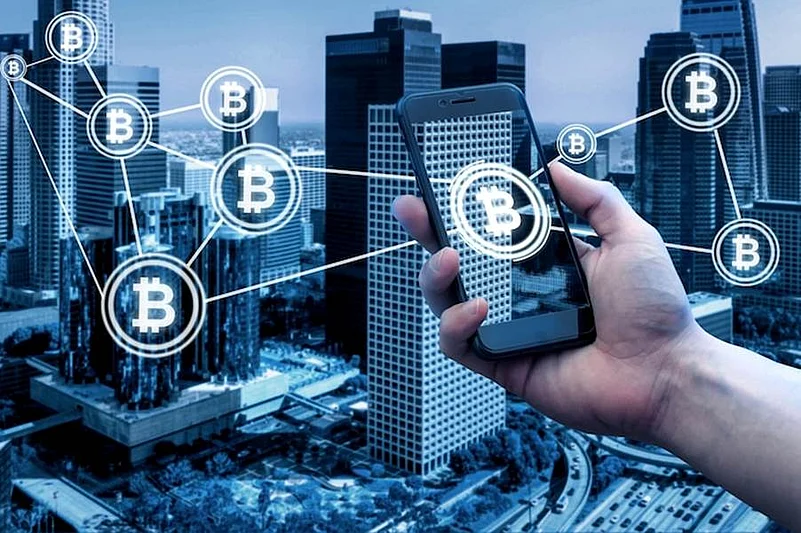In the finance and technology sector, we are seeing a silent revolution—one that's redefining how we view ownership, investment, and accessibility. It's tokenization, and it's quietly transforming the manner in which real-world assets—such as gold, property, and even government bonds—are purchased, traded, and maintained. While cryptocurrency tends to take center stage, the technology underlying it—blockchain—is showing to be a lot more than virtual currency. Tokenization is at the center of this change, and its prospects are just being realized.
What is tokenization?
Tokenization, in essence, involves taking the ownership rights of an asset in the physical world and mapping them as a digital token on a blockchain. These digital tokens can then symbolize any value item—tangible products like property, precious metals, or commodities or intangible property like intellectual assets or stocks. Placing them on a blockchain, we open them up for trading digitally, in a clear way, and in a safe manner, potentially with fewer parties in the middle and less expense.
Why Tokenize Real-World Assets?
Existing systems of asset management and ownership tend to be slow, costly, and out of reach for most people. If a person wanted to invest in gold, they'd need to buy it physically or use a broker or ETF. Government bonds might involve a cumbersome registration process and high minimums.
Tokenization shatters those barriers.
By tokenizing ownership, tokenized assets can be broken down into smaller pieces—fractional ownership—so they are more within reach. A Mumbai student, for example, might invest in a fraction of a gold bar or a bond from a foreign government, all via a digital wallet and the click of a button. Payments are quicker, settlement periods reduce, and forms are a thing of the past.
Tokenizing Gold: A New Era of Investing
Gold has always been an investor's safe haven, but it is expensive and risky to purchase and hold physical gold. With tokenization, it is now possible to represent gold on the blockchain as digital tokens, where each token is guaranteed by an actual amount of physical gold held in a secure safe.
This not only brings in an added element of transparency—because one can trace the ownership in real-time on the blockchain—but it also makes it possible to make investing in gold more liquid and available. Small increments of gold may be purchased, sold, or exchanged by the investor whenever desired, with no concern over logistics or safety.
Tokenizing Government Bonds: Bridge between Old and New
Government bonds are generally considered to be low-risk and stable investments. Nevertheless, the way they are purchased remains based on outdated systems that are slow and bureaucratic. With tokenization, the bonds can now be issued directly onto the blockchain, enabling real-time monitoring, easy distribution, and increased access to investors.
For governments, this presents an opportunity to raise capital more effectively. For institutions and citizens, it presents an opportunity to invest with fewer intermediaries and clearer terms. Consider a situation where a small business owner in a rural town can invest directly in government-backed bonds through their smartphone, without middlemen and little paperwork.
Benefits and Challenges
Tokenization has a number of advantages—efficiency, transparency, and accessibility being foremost. It invites financial inclusion and provides an entry for individuals across economic strata to join in the ownership of assets. It also increases liquidity, such that assets that had long been illiquid (e.g., real estate or uncommon artwork) may now be freely exchanged.
But this is not without difficulties. Digital literacy, regulatory uncertainty, absence of global standards, security concerns, and the need for security continue to be obstacles. It is essential to ensure that tokenized assets have backing in legitimate, verifiable real-world assets to uphold trust.
The Road Ahead
Tokenizing real-world assets is not a fleeting trend—it's a look into the future of finance. As regulatory structures mature and blockchain technology continues to become increasingly mainstream, tokenization of assets such as gold and government bonds could become as ubiquitous as owning shares in a company.
What we are seeing is the democratization of ownership. No longer geographically, status-wise, or financially constrained, more will be able to invest in and accrue value from assets previously inaccessible.
In this new world, one token could stand for more than a fraction of gold or a bond but for a new interface with money—one that is accessible, transparent, and global.














